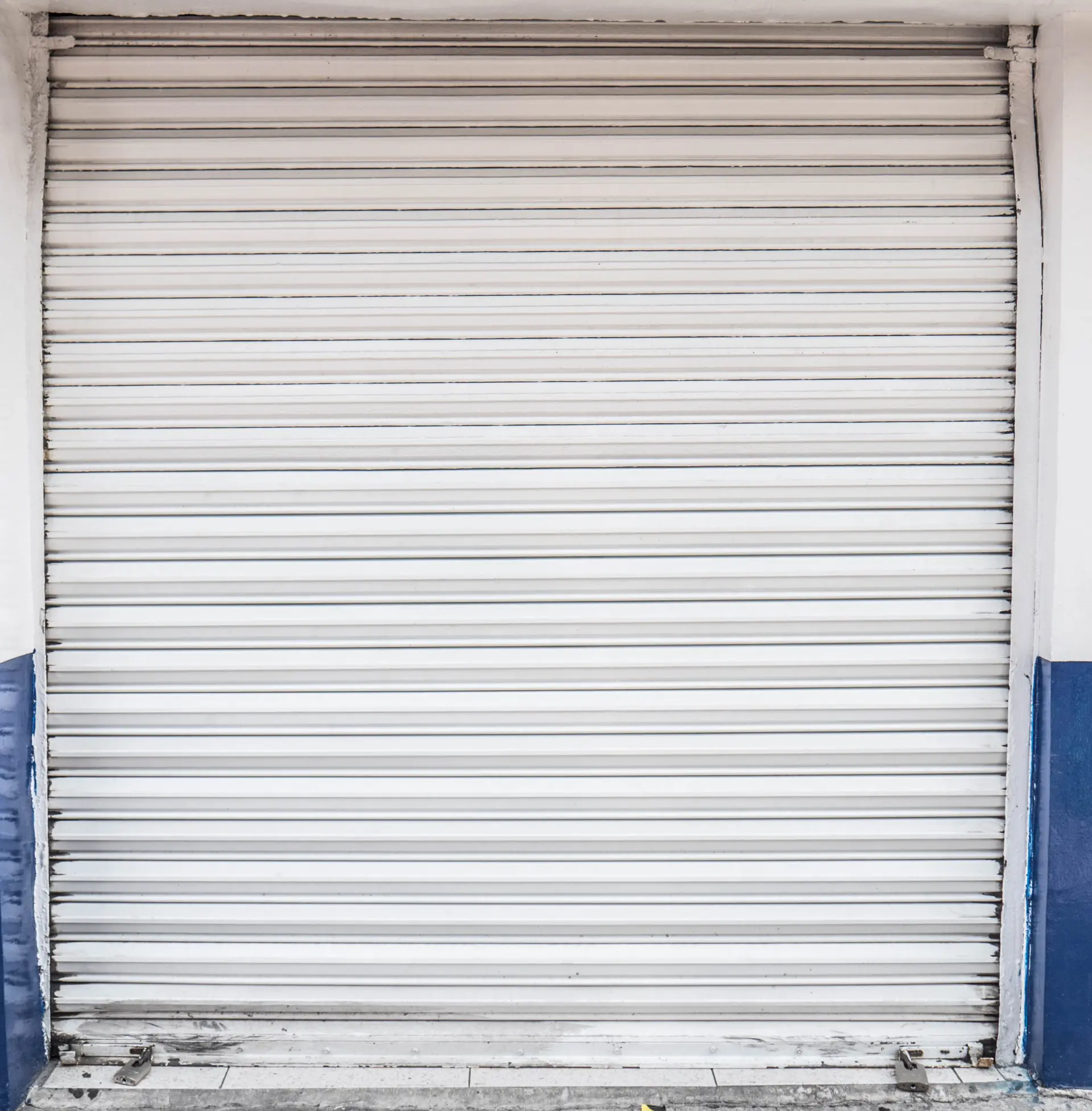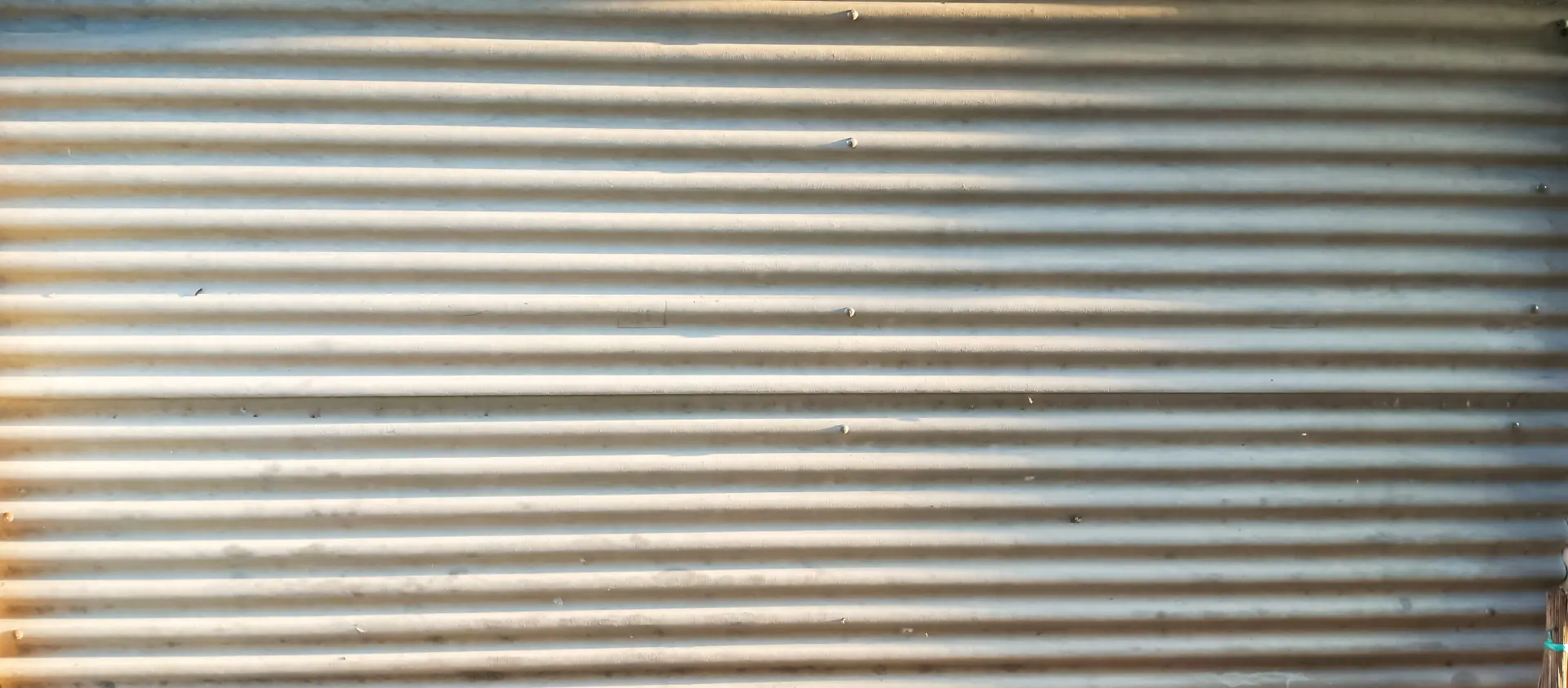Why warehouses lose heat and energy
Warehouses can waste a lot of heat and energy because of their size and layout. High roofs let warm air rise away from staff working at ground level. Large loading doors open and close all day, letting cold air rush in. Poorly sealed gaps around doors, windows and wall joints also cause constant draughts. Thin wall and roof panels lose heat quickly in winter.
Older lighting and heating systems may be hard to control, so areas stay lit or heated when nobody is using them. All these small issues add up, pushing up energy bills and making working conditions less comfortable for staff. The result is a building that costs more to run and can be hard to keep at a steady temperature.
How shutters cut heat loss and draughts
Well designed shutters can make a big difference to warehouse energy use. When closed, they form a strong barrier that cuts down draughts and stops warm air escaping through gaps. Modern shutters fit closely to the opening, with side guides, head boxes and bottom seals that reduce air leakage. This helps keep stable temperatures inside, so heating and cooling systems do not have to work as hard to maintain set points. Shutters can be opened and closed quickly, limiting the time large doorways are exposed to rain, wind and cold.
On busy sites, automated controls allow doors to open only as far as needed for vehicles or pedestrians. Timers and sensors can then close the shutter again as soon as the opening is clear. Over time, less wasted heat and fewer cold draughts can lead to noticeable energy savings and a more comfortable working environment for staff.

Shutters can also be used to separate different temperature zones inside the building. For example, a chilled storage area can be screened off from a general warehouse using internal roller shutters. This limits the mixing of warm and cold air when goods move between areas.
Better temperature control reduces strain on cooling units and heaters and can cut the risk of condensation forming on floors and products. Regular servicing keeps shutters running smoothly so they open and close fully, which is essential for keeping energy performance high. Over time these small improvements can give clear savings on fuel and electricity bills.
Insulated shutters and how they work
Insulated shutters go a step further than standard models. The curtain is made from twin skinned slats filled with insulating material, which slows the movement of heat. This helps keep warmth inside during winter and block outside heat in summer. Insulated shutters often include tight seals around the frame to limit draughts. When used with good wall and roof insulation, they form part of a complete energy saving envelope around the warehouse.
Over time, the reduced demand on heating and cooling equipment can lower running costs and extend the life of building services. This type of shutter also helps reduce cold spots and hot patches, creating a more even and comfortable working environment for staff on the warehouse floor everyday.
Using natural light without losing warmth
Natural light is important in a warehouse, as it improves visibility, reduces accidents and makes the space feel more pleasant for staff. However, large open doors and unshaded windows can let out heat while letting in cold air. One way to balance light and warmth is to use shutters with built in vision panels or translucent sections. These let daylight through even when the shutter is closed, so work can continue without relying only on artificial lighting.
High level rooflights and windows near the roof can also bring in light where rising warm air collects, without creating low level draughts at ground level. Shutters combined with clear panels near the top of the door give drivers good visibility while still shielding the lower part of the opening. Automated shutters can be set to open partly at quieter times, allowing some fresh air and light in while still protecting most of the opening. By combining shutters with smart lighting controls and efficient LED fittings, you can turn off unnecessary lights when sunlight is strong enough, saving even more energy across the site.

Good daylight planning is not only about saving energy. Well lit work areas support accuracy in picking and packing tasks and can improve staff wellbeing. Shutters with adjustable openings give supervisors control over glare on screens and high visibility clothing.
In winter, you can allow low sun to warm internal surfaces while still reducing wind chill. Careful placement of windows, skylights and shutters together creates a bright, warm warehouse that is cheaper to run and safer to work in.
Keeping cool in summer with shutters
In summer, warehouses can become uncomfortably hot, especially if they have large south facing doors and metal cladding. Shutters help by blocking direct sunlight and reducing heat gain through openings. Insulated shutters slow the transfer of outside heat into the building, keeping indoor temperatures more stable. When temperatures are cooler outside, shutters can be opened to allow natural ventilation and night cooling.
Using shutters along with roof vents and fans gives better control of airflow, which helps protect goods and equipment from overheating and keeps staff more comfortable during hot weather. By managing when shutters are open or closed, you can shape airflow through loading bays and walkways. This supports safe working, with clearer routes and less hot, stale air.
Our warehouse shutter services focus on cutting heat loss, blocking draughts and improving comfort all year round. We supply and install high performance and insulated shutters, create temperature controlled zones and help you use natural light without wasting energy.


